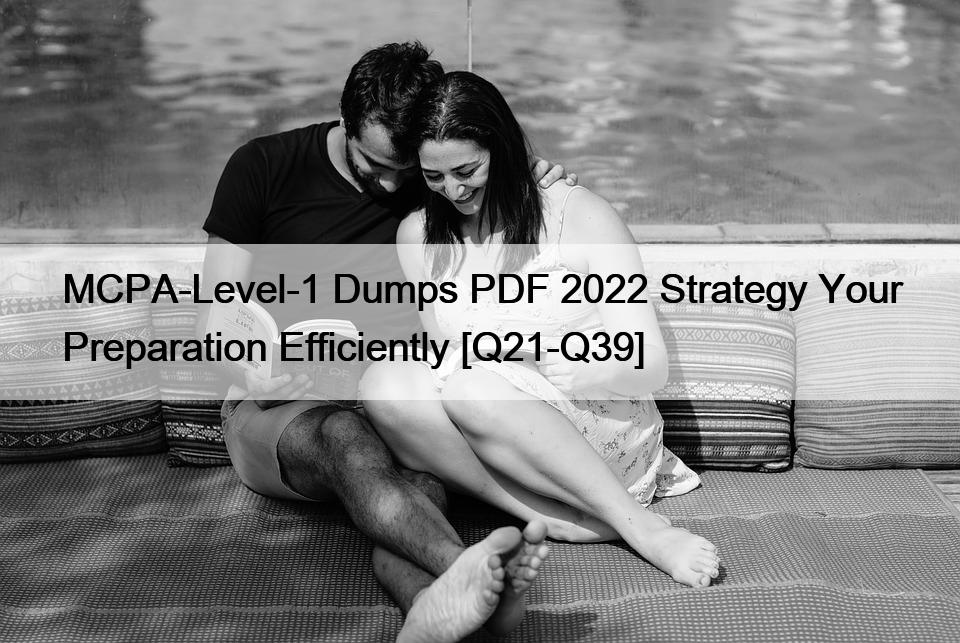MCPA-Level-1 Dumps PDF 2022 Strategy Your Preparation Efficiently [Q21-Q39]
MCPA-Level-1 Dumps PDF 2022 Strategy Your Preparation Efficiently
Latest Verified & Correct MuleSoft MCPA-Level-1 Questions
MuleSoft MCPA – Level 1: MuleSoft Certified Platform Architect – Level 1 Certification Path
MuleSoft MCPA – Level 1: MuleSoft Certified Platform Architect – Level 1 exam is foundation level Certification. As such, there is no prerequisite for this course. Anyone who is having a keen interest and familiar with MuleSoft technology is well invited to pursue this certification.
MuleSoft MCPA-Level-1 Exam Syllabus Topics:
| Topic | Details |
|---|---|
| Topic 1 |
|
| Topic 2 |
|
| Topic 3 |
|
| Topic 4 |
|
| Topic 5 |
|
| Topic 6 |
|
| Topic 7 |
|
Becoming a MuleSoft architect can either be achieved through the platform or the integration architect path. In the first case, candidates are tested for their ability to create company-level decisions by looking at the big picture in building an effective application network. This path is designed for higher-level solutions or enterprise architects.
MCPA-Level-1 PDF Dumps Are Helpful To produce Your Dreams Correct QA’s: https://www.premiumvcedump.com/MuleSoft/valid-MCPA-Level-1-premium-vce-exam-dumps.html
